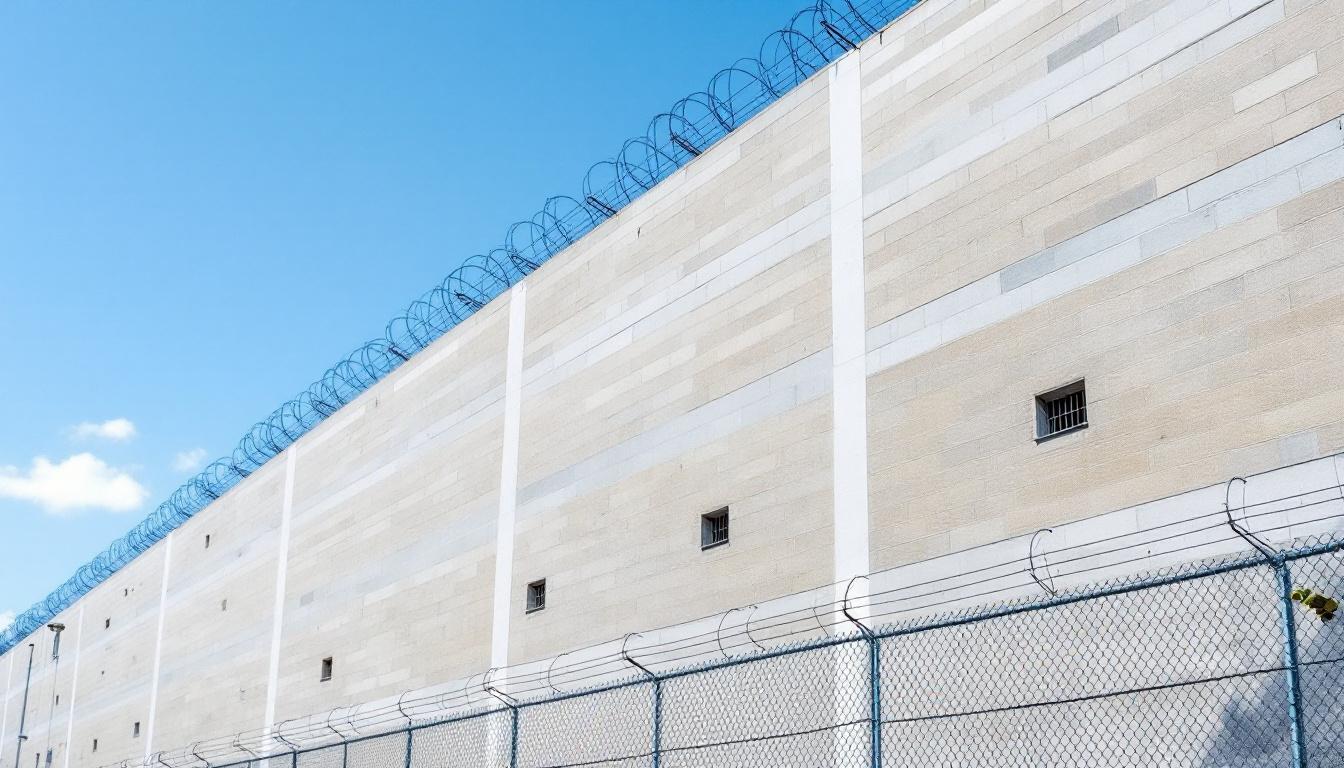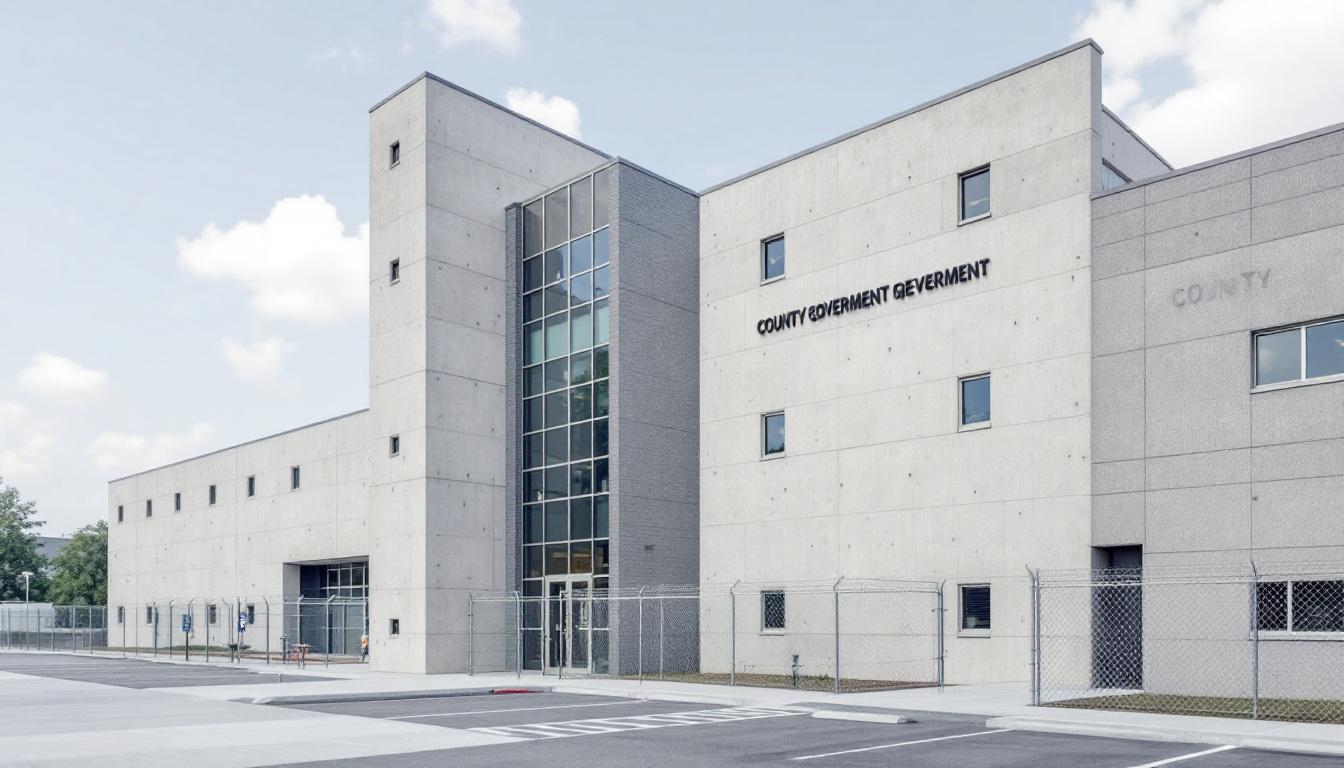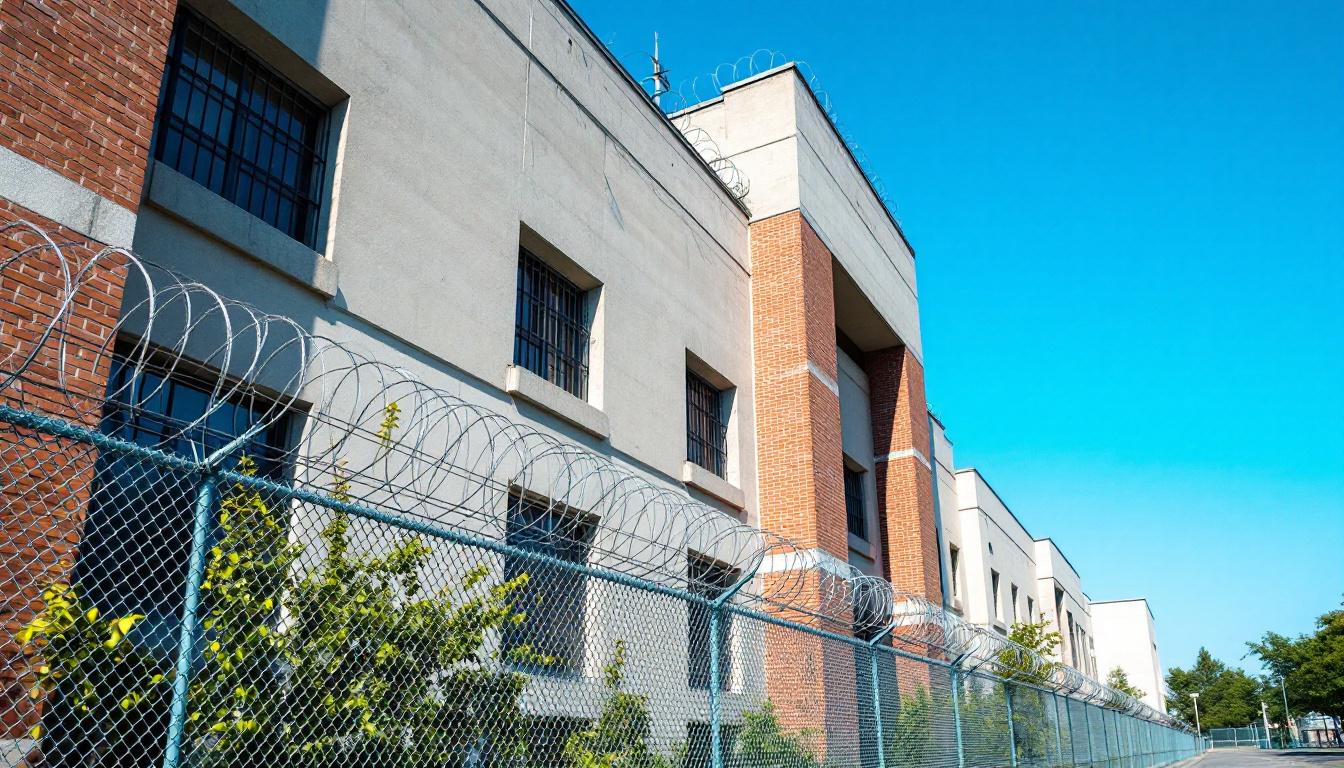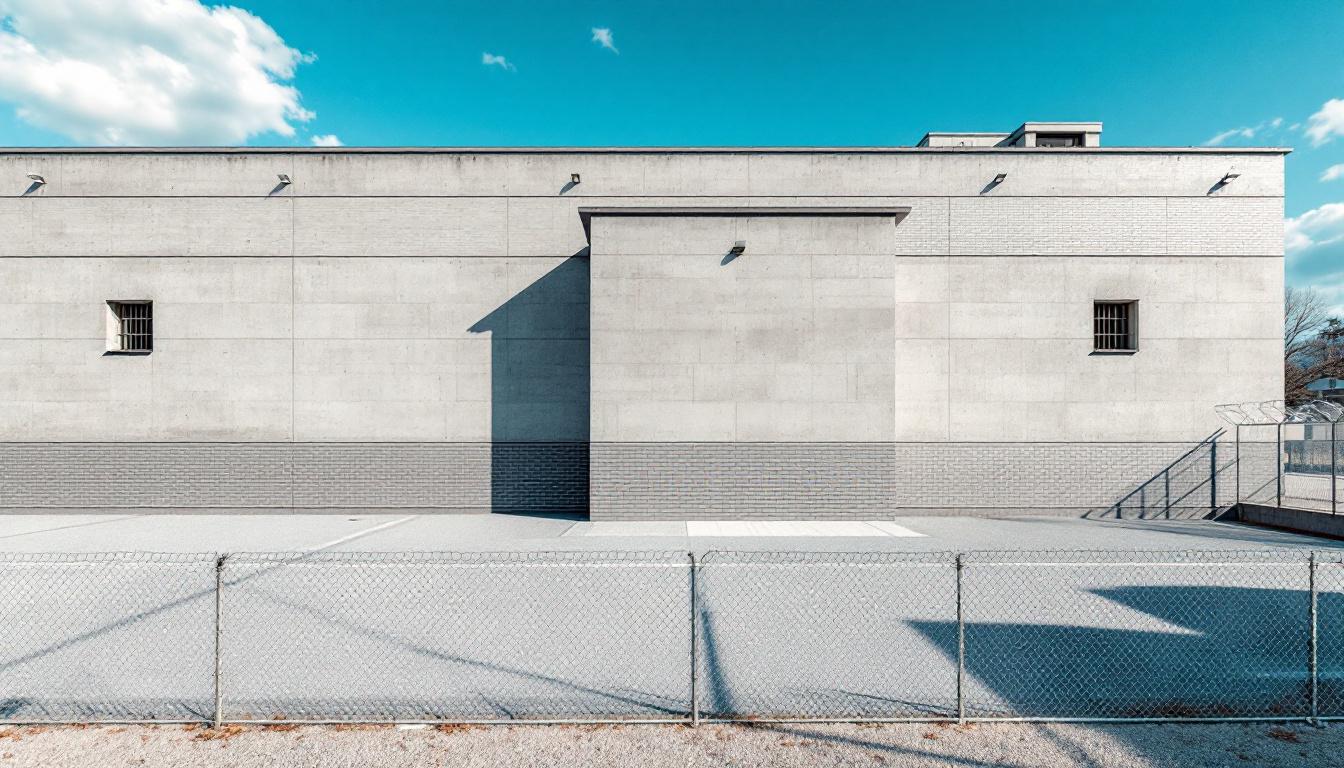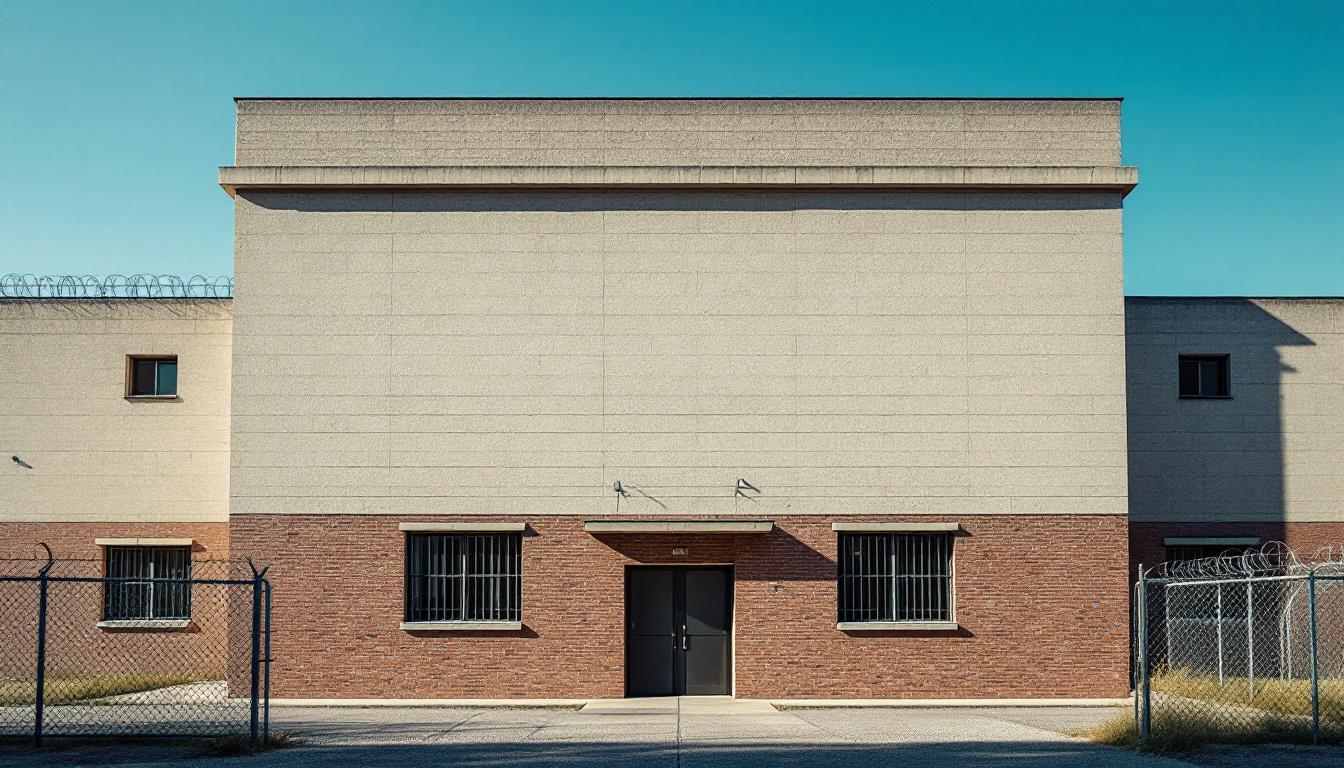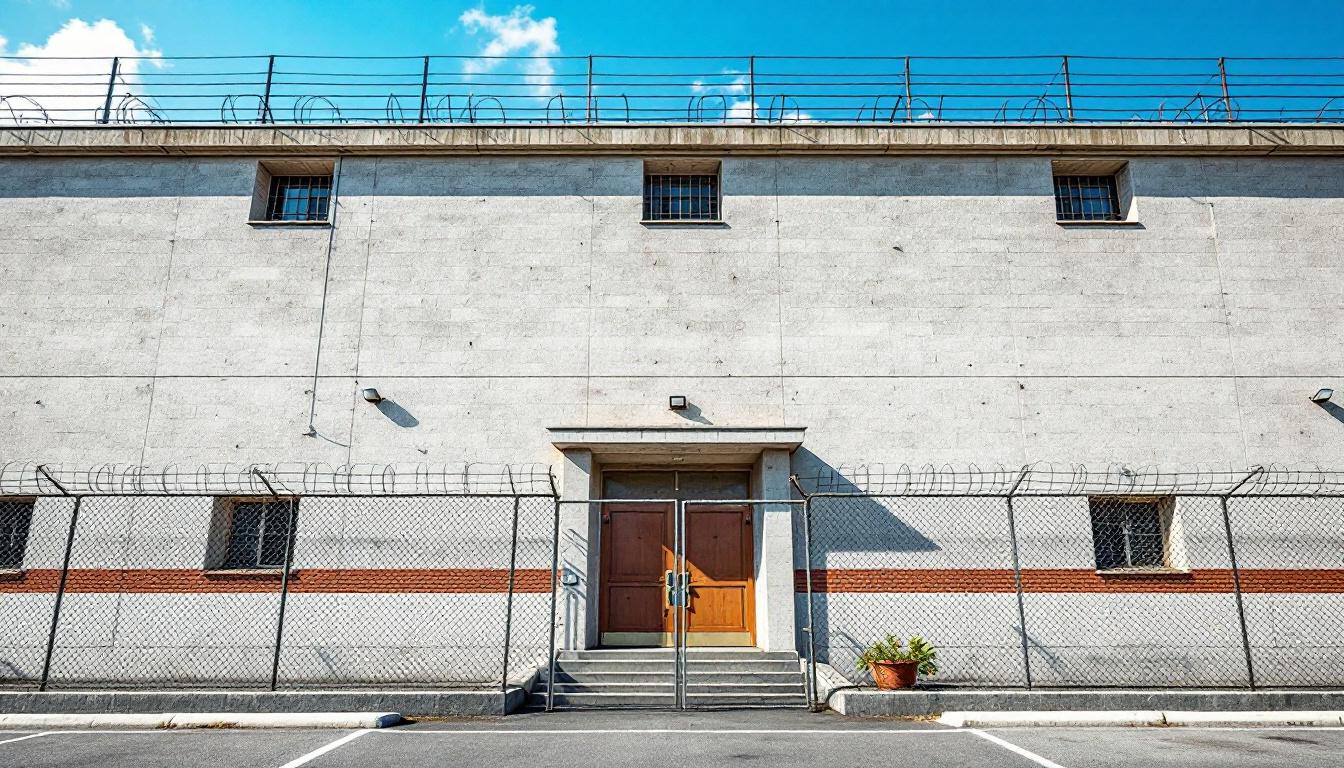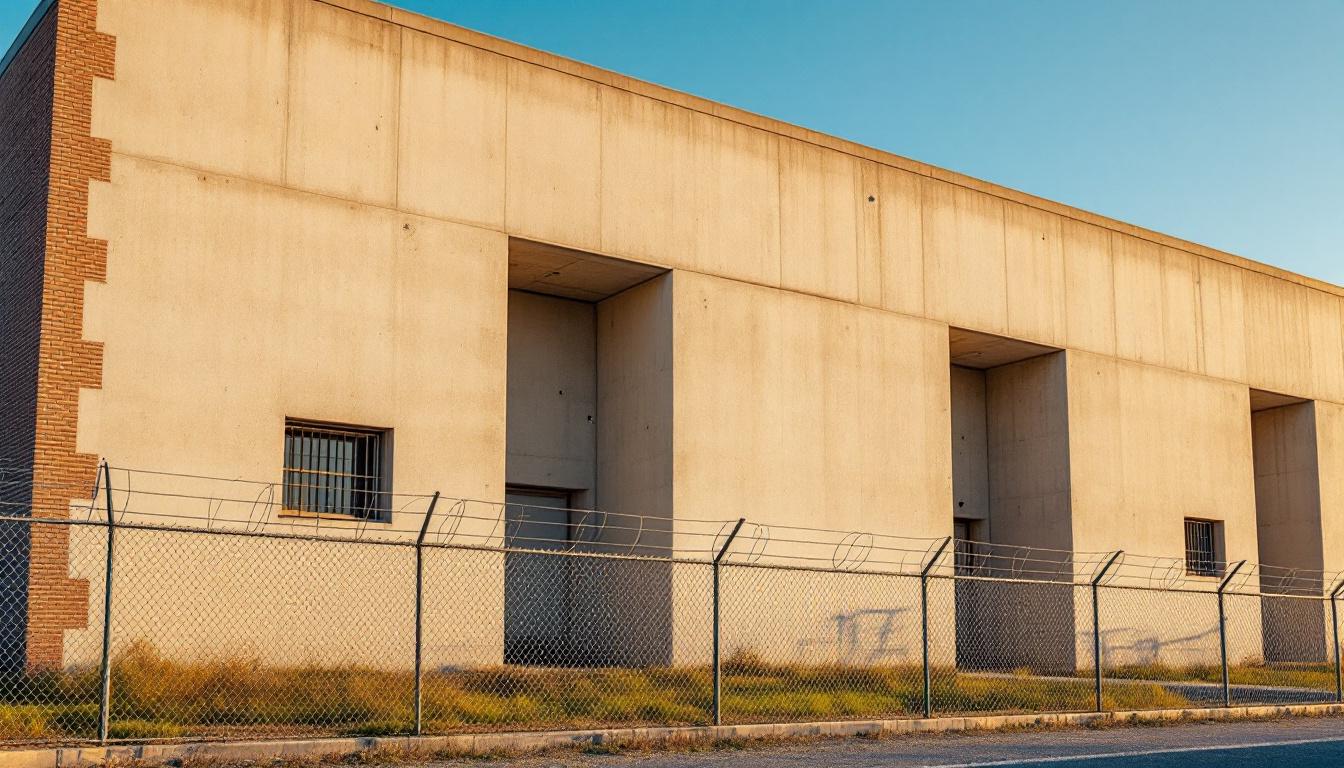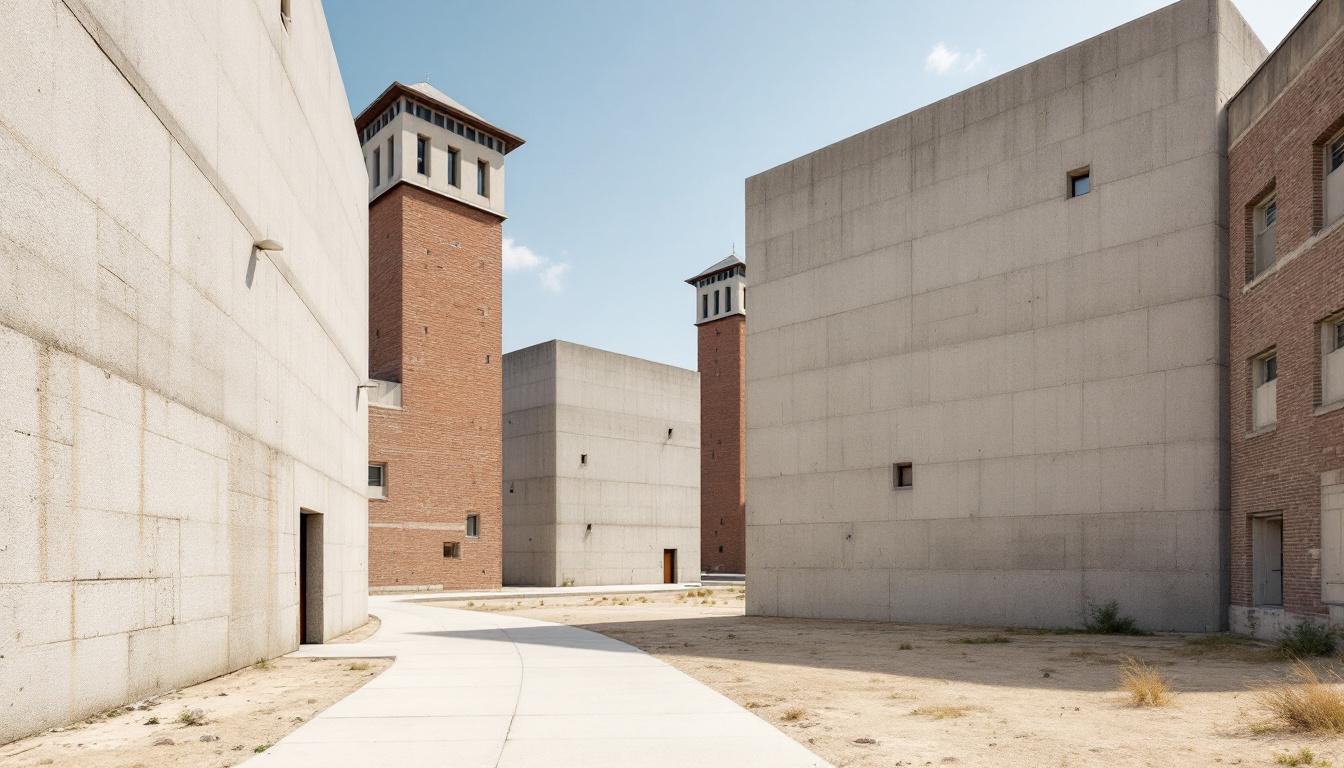
Quick Navigation
How to contact an inmate at Luther Unit
This comprehensive guide will walk you through how to connect with an inmate at Luther Unit. Follow the steps below to find an inmate and send letters and photos:
- Search for the inmate using our search tool below
- Create your account or log in to Penmate
- Write your message (up to 6,000 characters)
- Send instantly - inmates receive printed copies daily
Find an Inmate
Search for an inmate to start communicating today
Tip: You can search by first name, last name, or inmate ID number
To contact a person at Luther Unit start by searching for the person on the official facility website. Perform a search by following these steps:
- Step 1: Enter their first name and last name into the search form and click "Search"
- Step 2: Locate their inmate record
- Step 3: Write down their Inmate ID and any housing information provided
Important! Be sure to enter the person's full name. Nicknames should not be used.
How to Send Messages to Inmates

You can use your phone or computer to send emails, letters, and photos to an inmate. Messages are sent electronically to inmate tablets or kiosks at the facility. If you would like to send a message, start by searching for an inmate at Luther Unit.
Sending Photos and Postcards

A great way to send love and support to a loved one at Luther Unit is to send photos and postcards. It only takes a few minutes to send photos from your phone and it makes a huge difference. You can also mail postcards with words of support and inspiration, or design your own postcard for special moments like birthdays and holidays.
Important! Be sure not to send any explicit photos or they may not be approved by the facility. You can also use a photo printing app like Penmate to make sure your photos are printed at the correct size (4x6 or 3x5) and are mailed according to the rules and regulations of Luther Unit.
Frequently asked questions about Luther Unit
-
How long does it take to deliver a message?
If you're sending an email message your letter is usually delivered within 24-48 hours. For messages sent via mail you should expect delivery within 3-7 days. All messages will need be approved by Luther Unit.
-
How much does it cost to send a message to Luther Unit?
You can send a message free using your phone or mail a message via USPS for the price of a $0.60 stamp and envelope. You can also purchase credits or e-stamps from services starting at $1.99.
-
What services can I use to contact an inmate at Luther Unit?
Penmate
You can use Penmate to send letters and photos to an inmate from your phone. It's an easy way to stay in touch during your loved one's incarceration. Use the inmate locator to find an inmate's location and contact information, then you can send messages within a few minutes.
Securus messaging
Securus may be another option for communicating with an inmate at Luther Unit. You can create a friends and family account and purchase credits to send messages. All messages will be reviewed and must be approved by the facility.
JPay
Some county jails and state prisons may support sending messages with JPay. You must register an account with the system, find your loved one, and purchase stamps to send messages. For some locations you can also attach photos.
Smart Jail Mail
You may also check if Smart Jail Mail is available at Luther Unit. Smart Jail Mail is operated by Smart Communications and has contracted with some state and county jails. After purchasing credits, your messages and photos are sent to the facility, printed out, and then handed out to your loved one.
-
What is the mailing address of Luther Unit?
Mailing address:
Luther Unit
1800 Luther Dr
Navasota, TX 77868
Phone: (936) 825-7547 -
What are the visiting hours at Luther Unit?
Visiting hours at Luther Unit vary by housing unit and security level. Generally, visits are scheduled on weekends and holidays, with some facilities offering weekday visits. Contact the facility directly at (936) 825-7547 or check their website for the current visiting schedule. Visits typically last 30-60 minutes and must be scheduled in advance.
-
What items are prohibited when sending mail to Luther Unit?
Prohibited items typically include: cash, personal checks, stamps, stickers, glitter, glue, tape, staples, paperclips, polaroid photos, musical or blank greeting cards, hardcover books, magazines with staples, and any items containing metal or electronics. Only send letters on plain white paper with blue or black ink. Photos must be printed on regular photo paper (no Polaroids). Always check with Luther Unit for their specific mail policies.
-
How do I send money to an inmate at Luther Unit?
You can send money to an inmate at Luther Unit through several methods: 1) Online using JPay, Access Corrections, or the facility's approved vendor, 2) Money orders mailed directly to the facility with the inmate's name and ID number, 3) Kiosks located in the facility lobby, or 4) Over the phone using a credit or debit card. Fees vary by method, typically ranging from $2.95 to $11.95 per transaction.
-
Can I schedule a video visit with an inmate at Luther Unit?
Many facilities now offer video visitation as an alternative to in-person visits. At Luther Unit, video visits may be available through services like Penmate, Securus Video Connect, GTL, or ICSolutions. Video visits typically cost $10-20 for 20-30 minutes and must be scheduled in advance. You'll need a computer or smartphone with a camera and reliable internet connection. Contact the facility for their specific video visitation policies and approved vendors.
-
What identification do I need to visit an inmate at Luther Unit?
All visitors must present valid government-issued photo identification such as a driver's license, state ID, passport, or military ID. Minors must be accompanied by a parent or legal guardian who can provide the minor's birth certificate. Some facilities require visitors to be on the inmate's approved visitation list, which may require a background check. Contact Luther Unit for specific ID requirements and visitor approval procedures.
-
How can I find out an inmate's release date?
To find an inmate's release date at Luther Unit, you can: 1) Use the online inmate search tool if available, 2) Call the facility's records department, 3) Contact the inmate's case manager or counselor, or 4) Have the inmate provide this information during a call or visit. For privacy reasons, some facilities only release this information to immediate family members.
Facility Overview
Official Website

About Luther Unit
Within Dallas’s urban landscape, community safety and offender accountability intersect through the operations of Luther Unit, TX, a correctional facility that serves as an integral component of the state’s comprehensive corrections network. This TX correctional facility addresses the complex needs of its assigned population while maintaining its essential role in the broader regional justice system. The facility’s position within Texas’s southern correctional infrastructure reflects the state’s commitment to managing offender populations through structured environments that prioritize both security and systematic approaches to behavioral intervention.
Luther Unit typically houses adult male offenders and operates under standard correctional protocols designed to maintain institutional safety while providing inmates services that may include educational opportunities, vocational training programs, and basic healthcare provisions. The facility generally offers programming that addresses various aspects of offender rehabilitation, though specific offerings may vary based on operational requirements and resource availability. As part of the Texas Department of Criminal Justice system, the unit maintains connections with other regional facilities to ensure appropriate placement and transfer procedures when necessary.
The correctional facility’s operations in Dallas contribute to the state’s overall approach to incarceration management, with staff typically focusing on maintaining secure housing environments while implementing programs that may support eventual reintegration efforts. Luther Unit’s role within the southern region’s corrections network often involves coordination with other state facilities to manage population distribution and ensure appropriate security classifications are maintained throughout the system.
Programs & Services
Personal growth and rehabilitation form the cornerstone of service delivery at Luther Unit, where comprehensive programming addresses the multifaceted needs of inmates seeking meaningful transformation. The facility’s approach recognizes that sustainable reintegration requires more than basic containment, emphasizing instead the development of practical skills, emotional resilience, and cognitive tools necessary for successful community reentry. Through carefully structured interventions, inmates may access resources designed to address educational deficiencies, develop marketable competencies, and cultivate the personal insights essential for lasting behavioral change.
Educational services typically encompass adult basic education opportunities that allow participants to strengthen fundamental academic skills while working toward essential credentials. These foundational offerings often complement vocational training initiatives that may provide hands-on instruction in trades and technical skills relevant to contemporary employment markets. The integration of academic and practical learning creates pathways for inmates to develop both the intellectual capacity and specialized expertise that employers increasingly demand, fostering confidence while building tangible qualifications for post-release success.
Additionally, comprehensive support services may include structured work programs that instill discipline and responsibility while providing valuable experience in professional environments. Faith-based initiatives often serve those seeking spiritual guidance and community connection, while community resource connections help participants understand available assistance upon release. Transitional planning services typically address the practical challenges of reentry, and creative writing opportunities may offer therapeutic outlets for self-expression and reflection. This multifaceted approach recognizes that rehabilitation requires addressing not dedicated skill deficits but also the emotional and social factors that influence long-term success in the community.
Daily Life & Visitation

The concrete walls and steel fixtures of the housing units create a structured environment where routine becomes the cornerstone of existence, with inmates learning to find comfort within the predictable rhythms of institutional life. At present, inmates actively participate in a carefully orchestrated daily schedule that typically begins before dawn with count procedures, followed by breakfast service in the dining hall where meals are served at designated times throughout the day. The structured programming schedules provide essential framework, with inmates moving between work assignments, educational opportunities, and recreational periods under staff supervision.
Housing accommodations generally consist of multi-person cells or dormitory-style units, where inmates share living spaces that include basic furnishings such as bunks, storage areas, and shared bathroom facilities. While personal property is limited to approved items that can typically be purchased through the commissary system, inmates often adapt by creating organizational systems within their allocated space and developing routines that help maintain personal dignity and cleanliness. The dining arrangements usually involve scheduled meal times in a central cafeteria setting, where inmates receive nutritionally planned meals while learning to navigate the social dynamics of communal eating spaces.
Additionally, the facility typically offers various recreational opportunities that may include outdoor exercise periods, indoor fitness activities, and structured sports programs that provide both physical outlet and social interaction opportunities. Work assignments often include maintenance duties, kitchen services, and facility operations that give inmates purpose while developing practical skills. Communication with family members is generally facilitated through scheduled visitation periods, telephone privileges, and correspondence systems, while programming may include educational classes, vocational training, and counseling services that help inmates prepare for eventual reintegration into their communities.
Ready to Connect?
Start communicating with your loved one today
Search for an Inmate
